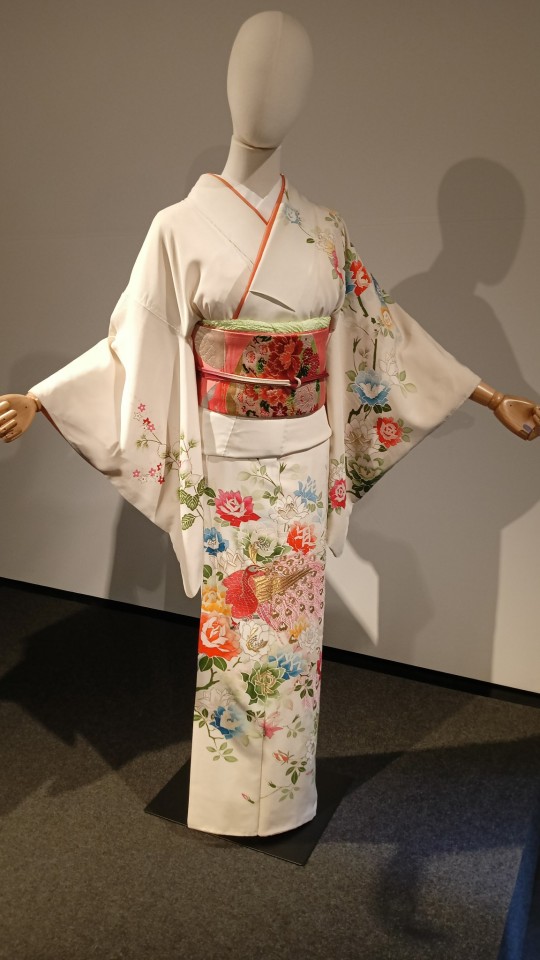Your gateway to endless inspiration
Yukata - Blog Posts




Sean bienvenidos, amantes del mundo japonés, de su historia, su cultura, entre otros temas. Una vez dicho esto, pónganse cómodos que comenzamos con la historia de la yukata. - Antes que nada, no tenemos que hacer la pregunta: ¿Qué es la yukata? ¿Y cuándo surgió? Esta prenda tradicional japonesa surgió durante el periodo Heian (794-1192 d.C.). Fue usada por la aristocracia y era una vestimenta asociada a los baños públicos, llamados onsen; en japonés sería 温泉 y en hiragana おんせん, que se traducirían como aguas termales ♨️️️️. Dicha prenda era utilizada, una vez que salían del baño, para evitar quemarse con el vapor. La etimología de yukata sería yukatabira, ya que era la prenda que se utilizaba para bañarse durante el periodo Heian. - Esta prenda estaba hecha de lino porque fue un material principal e importante. Durante dicho período, en periodos más tardíos, se empezaron a utilizar después del baño o como pijama y se empezaron a hacer de algodón, ya que en aquella época la regla era teñir el algodón de blanco. - Espero que os haya gustado y nos vemos en próximas publicaciones. Hasta la próxima. -
日本の世界、その歴史、文化などを愛する皆様、ようこそ。それでは、心地よく浴衣の歴史についてお話していきましょう。
まず、「浴衣とは何か?」という質問をする必要はありません。そしてそれはいつ現れたのでしょうか?この日本の伝統的な衣服は平安時代(西暦794~1192年)に誕生しました。それは貴族によって使用され、温泉と呼ばれる公衆浴場に関連した衣服でした。日本語では「温泉」、ひらがなでは「おんせん」となり、温泉♨️️️️と訳されます。この衣服は、湯船から上がった後に湯気で火傷するのを避けるために使われました。浴衣の語源は、平安時代に入浴時に着用されていた衣服である「ゆかたびら」です。
この衣服はリネンで作られました。リネンは主要かつ重要な素材だったからです。この時期、後の時代には、入浴後やパジャマとして使われるようになり、当時は綿を白く染めるのが規則だったため、綿で作られるようになりました。
楽しんでいただけたら幸いです。今後の投稿でもお会いしましょう。また次回お会いしましょう。
-
Welcome, lovers of the Japanese world, its history, its culture, among other topics. That being said, make yourselves comfortable, as we begin with the history of the yukata.
-
First of all, we don't need to ask the question: What is the yukata? And when did it originate? This traditional Japanese garment emerged during the Heian period (794-1192 AD). It was worn by the aristocracy and was associated with public baths, called onsen; in Japanese it would be 温泉 and in hiragana おんせん, which translates as hot springs ♨️️️️. This garment was worn after leaving the bath to avoid getting burned by the steam. The etymology of yukata is yukatabira, as it was the garment used for bathing during the Heian period. - This garment was made of linen because it was a primary and important material. During this period, in later periods, they began to be used after bathing or as pajamas, and they were also made of cotton, since at that time the rule was to dye cotton white.
-
I hope you liked it, and I'll see you in future posts. See you next time.





































